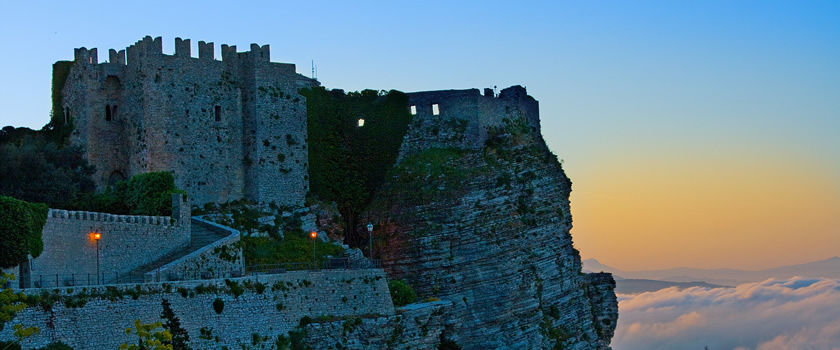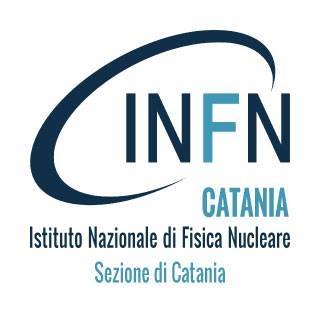1/f Noise from Condensed Matter Physics to Quantum Technologies
Ettore Majorana Foundation and Centre for Scientific Culture
The Course is organized within the EMFCSC International School of Nonequilibrium Phenomena directed by Alessandra Lanzara, Massimo G. Palma and Bernardo Spagnolo. The aim of the Course is to give a broad overview of the current understanding of the phenomenon of 1/f noise in condensed matter physics, with emphasis on its role in nanodevices for quantum information processing, quantum communications, and material science. The School targets the audience of young researchers such as Ph.D. students and post-docs. Lectures will be given by renowned experimental and theoretical physicists and engineers working on 1/f noise both from material science and quantum computing perspectives. During lectures, the most recent advances will be put in the framework of the current understanding of a phenomenon that has a long tradition of studies. Young participants from around the world will be exposed to cutting-edge research topics and the newest methodologies in the EMFCSC friendly atmosphere, reaping benefit in terms of enthusiasm, knowledge, and new ideas.
News. Julian Schwinger foundation best poster awards: Prizes for the two best posters will be awarded to young researchers (Ph.D. and young post-docs) attending school. The winners will be announced during the social dinner.
List of Topics
- 1/f noise in metals
- Low-frequency 1/f noise in graphene and other 2D materials and devices
- Charge, flux, and critical current 1/f noise in superconducting qubits
- 1/f noise in semiconductors, 2DEG, and semiconductor charge and spin qubits
- Microscopic models for 1/f noise in superconducting devices
- Microscopic tunneling systems
- Fluctuating electric dipoles and magnetic moments in superconducting circuits
- Decoherence due to 1/f noise
- Approaches to non-Markovian open quantum systems
- Quantum sensing via dynamical decoupling
- Low-frequency noise spectroscopy as a reliability tool for electronics
- Low-frequency noise in charge-density-wave materials and other strongly correlated systems
- Low-frequency noise in magnonic and spintronic devices
Course Directors
A.A. Balandin
Y. Galperin
P. Hakonen
E. Paladino
A. Ustinov
Organizing Committee
E. Paladino
F.M.D. Pellegrino
L. Giannelli








